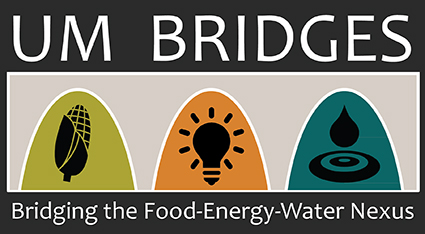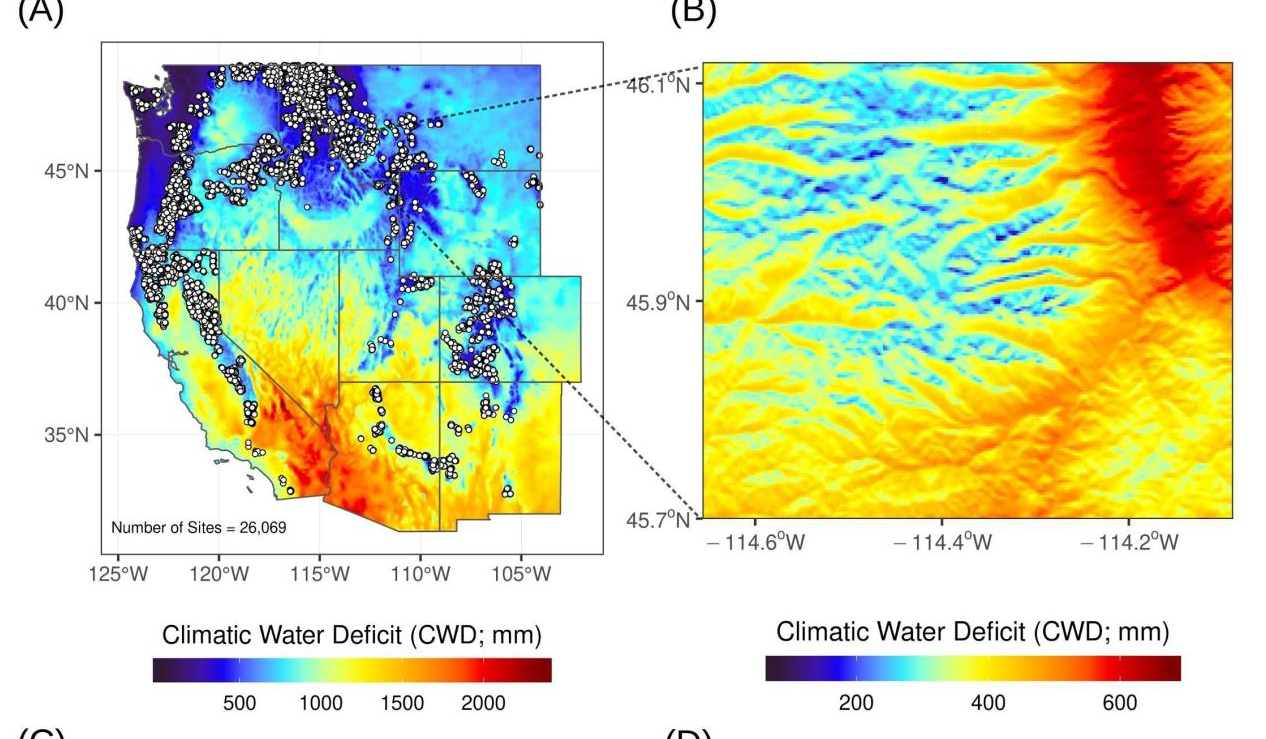Forests are subject to a range of management practices but it is unclear which produce the most rapid rates of regrowth across heterogeneous moisture gradients produced by regional climate and complex terrain. We analyzed recovery rates of satellite derived net primary productivity (NPP) over 27 years for 26,069 individual silvicultural treatments (stands) across the western U.S. at a 30m resolution. Rates of NPP recovery and forest regrowth were on average 116% higher in wet landscapes with lower annual climatic water deficits (8.59 ± 5.07 gC m-2 y-2, median ± inter-quartile range) when compared to dry landscapes (3.97 ± 2.67 gC m-2 y-2). This extensive spatial analysis indicates that hydroclimate is a dominant driver of forest regrowth and that responses can be highly nonlinear depending upon local climate conditions. Differences in silvicultural treatment also strongly controlled rates of regrowth within hydroclimatic settings; microclimates produced by shelterwood treatments maximized regrowth in dry landscapes whereas regrowth following clearcutting was among the fastest in wet landscapes due to enhanced energy availability. Conversely, commercial thinning regrowth rates were insensitive to hydroclimate and relatively consistent across the western U.S. Planting had a differential effect on forest structure and rates of regrowth across hydroclimate with negative effects in wet environments and positive effects in dry environments. In aggregate, this study provides a novel remote sensing approach for characterizing forest regrowth dynamics across climatic gradients and the common treatment options employed.



